About CrystalDiskMark Retro
CrystalMark Retro is a comprehensive benchmarking software that runs on Windows 95 and Windows NT 3.51 or later.
It supports 32-bit (x86), 64-bit (x64/ARM64), many-core, and multilingual (48+ languages) systems, and can measure CPU, Disk, 2D graphics (GDI), and 3D graphics (OpenGL) performance with a single click. Benchmark results can be registered in CrystalMarkDB for centralized management of past results (account required: free of charge) and comparison with data registered by users around the world.
- OpenGL benchmarks were produced by koinec (japanese) following CrystalMark 2004.
- CrystalMarkDB was created by keinkosuge (japanese).
- Much of the benchmark code is a brushed-up version based on CrystalMark 2004.
Download
Standard Edition
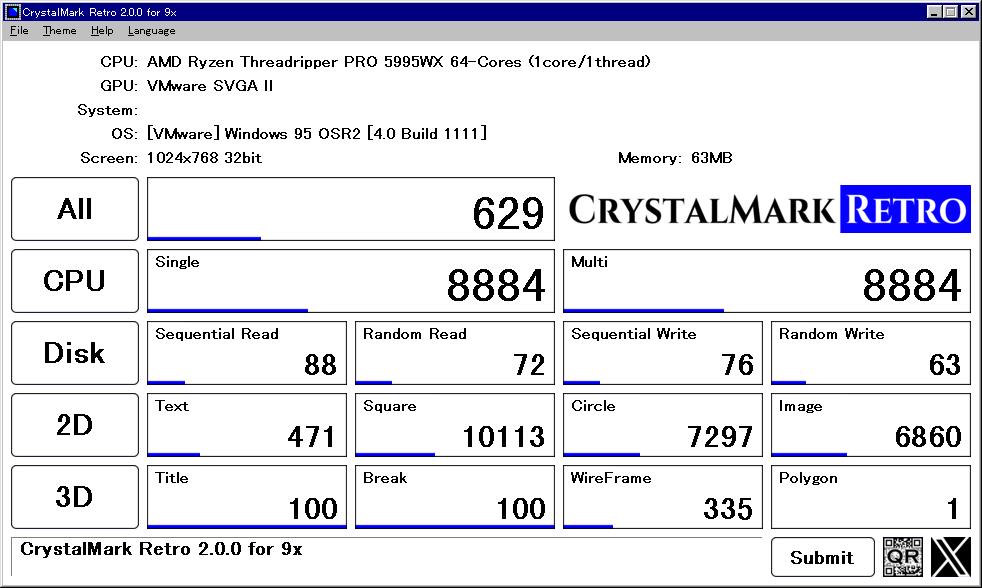
Aoi Edition
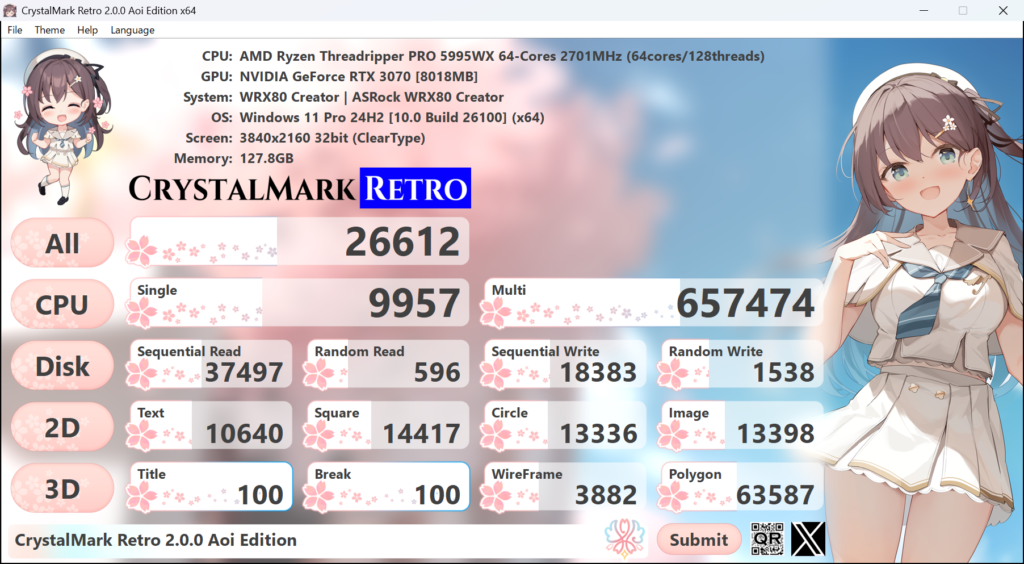
How to use
Benchmark
Click the “All” button to run the CPU, Disk, 2D, and 3D benchmarks in order.
Clicking the “CPU,” “Disk,” “2D,” and “3D” buttons will run the benchmarks individually.
Submission to CrystalMarkDB
Click “Submit” button to go to the registration page to CrystalMarkDB via web browser.
Click “QR” button to display QR code for data registration to CrystalMarkDB. Please read it with the camera of your smartphone or tablet. Please use it to register benchmark results from retro PCs that are not directly connected to the Internet.
In a retro environment, QR code generation may take several minutes or more.
Post to X (Twitter)
Clicking on the “X” button will take you to a screen for posting to X via a web browser. Please attach screenshot of CrystalMark Retro manually.
Score (Ver.2)
| All | Synergistic average calculated by the following ratios CPU 40% (Single 20%, Multi 20%), Disk 20% (5% each), 2D 20% (5% each), 3D 20% (WireFrame 5%, Polygon 15%) |
|---|---|
| CPU | AMD Ryzen Threadripper PRO 5995WX Single score adjusted to 10,000 |
| Disk | 10 times of MB/s *The drive on which Windows is installed (usually C drive) is targeted. The test file is 1 GiB(for 9x/NT: 32MiB). |
| 2D (GDI) | Adjusted to achieve 10,000 for each score in an AMD Ryzen Threadripper PRO 5995WX + GeForce RTX 3070 environment |
| 3D (OpenGL) | Title, Break: 100 – Time taken to draw one frame (seconds, rounded down to the nearest second) *Not subject to score WireFrame, Polygon: 1/10 of the number of polygons drawn divided by the playback time |
Score (Ver.1)
| All | Synergistic average calculated by the following ratios CPU 40% (Single 20%, Multi 20%), Disk 20% (5% each), 2D 20% (5% each), 3D 20% (Scene1 5%, Scene2 15%) |
|---|---|
| CPU | AMD Ryzen Threadripper PRO 5995WX Single score adjusted to 10,000 |
| Disk | 10 times of MB/s *The drive on which Windows is installed (usually C drive) is targeted. The test file is 1 GiB. |
| 2D (GDI) | Adjusted to achieve 10,000 for each score in an AMD Ryzen Threadripper PRO 5995WX + GeForce RTX 3070 environment |
| 3D (OpenGL) | 1/10 of the number of polygons drawn divided by the playback time |
System Requirements
| OS | Windows 95*/98/Me Windows NT 3.51**/4.0 Windows XP***/Vista/7/8/8.1/10/11 Windows Server 2003***/2008/2012/2016/2019/2022/2025 |
|---|---|
| Architecture | x86/x64/ARM64 |
- *Operation on Windows 95 is unstable and may crash during benchmarking. If a crash occurs, restart Windows and rerun the program.
- **Patch (download) must be applied to run on Windows NT 3.51.
- ***If you are using Windows XP SP0/1 and Windows Server 2003 SP0, use the NT version.
- For CPUs without FPU, it may take tens of minutes to several hours to complete the benchmark.
- The installer is compatible with Windows Vista/Server 2008 or later.
- Server Core is not supported.
Screenshot
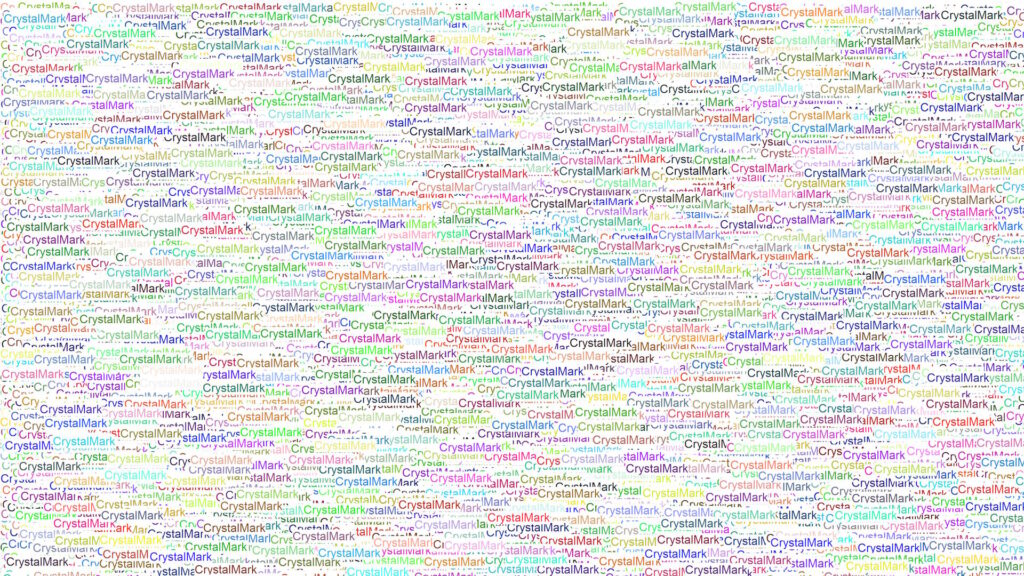
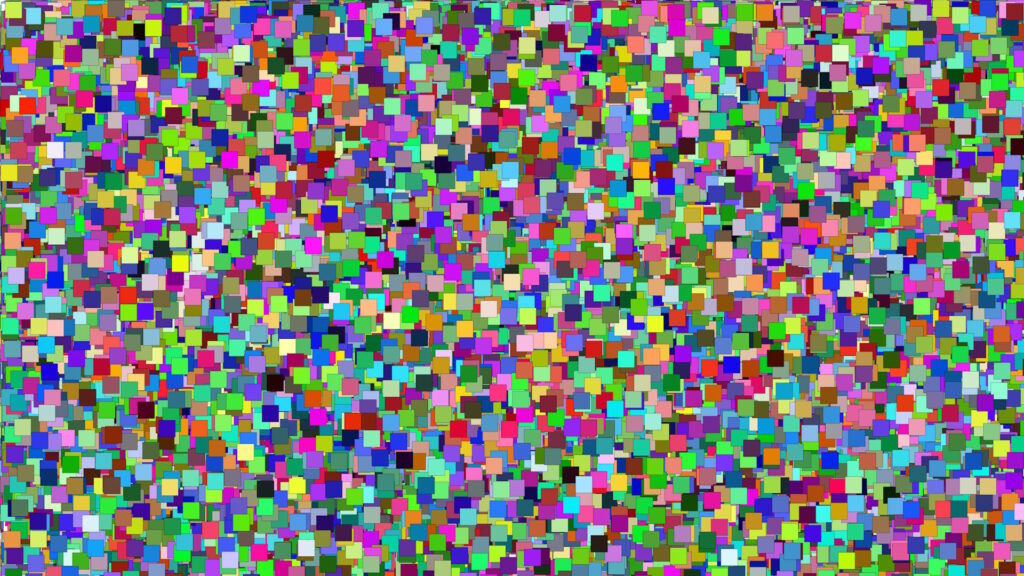
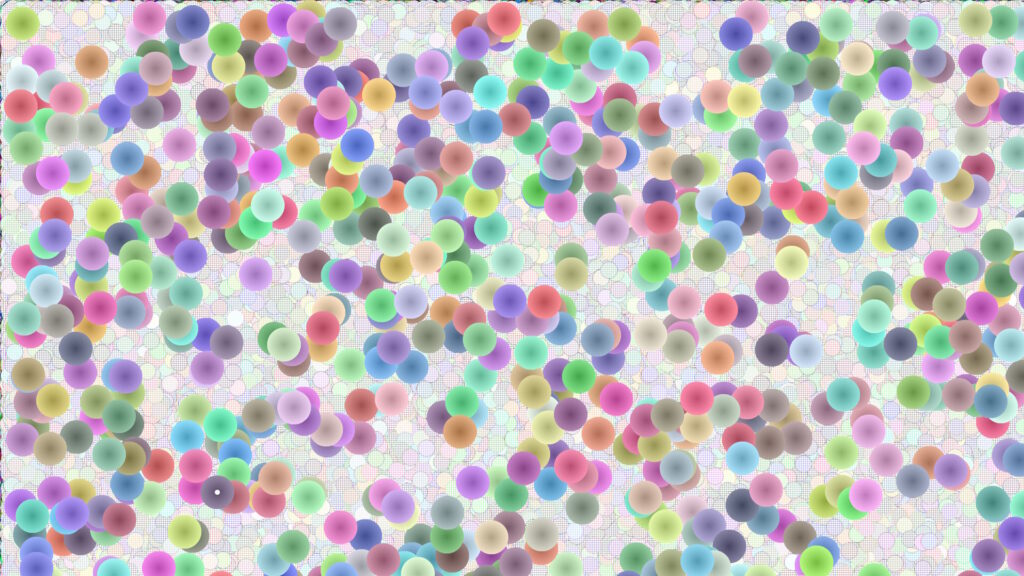
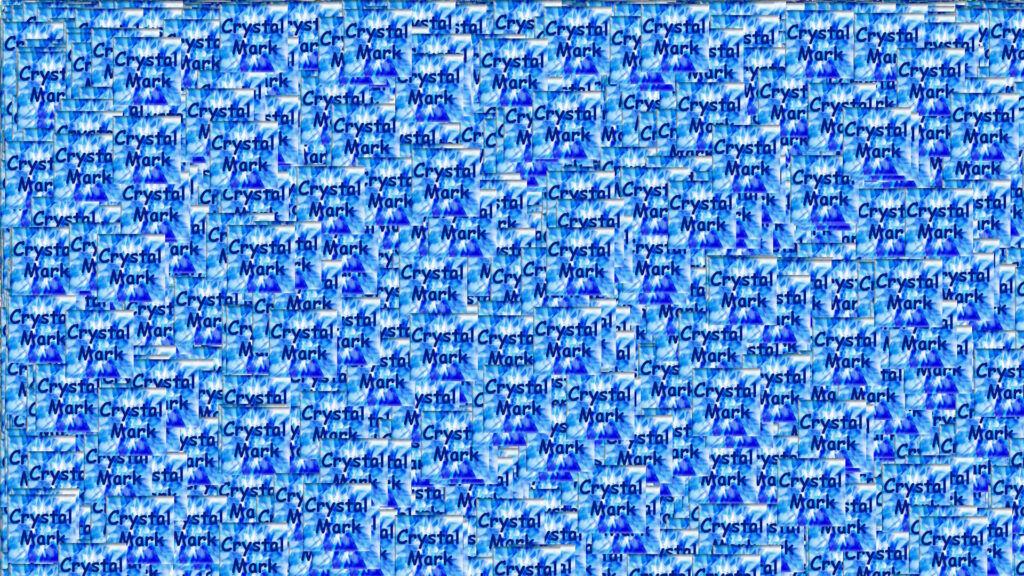
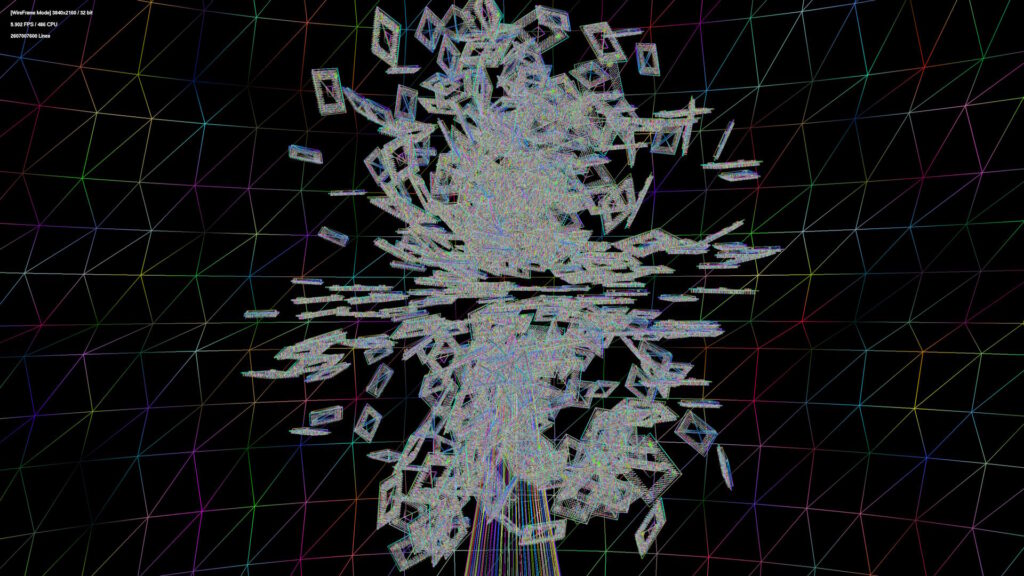
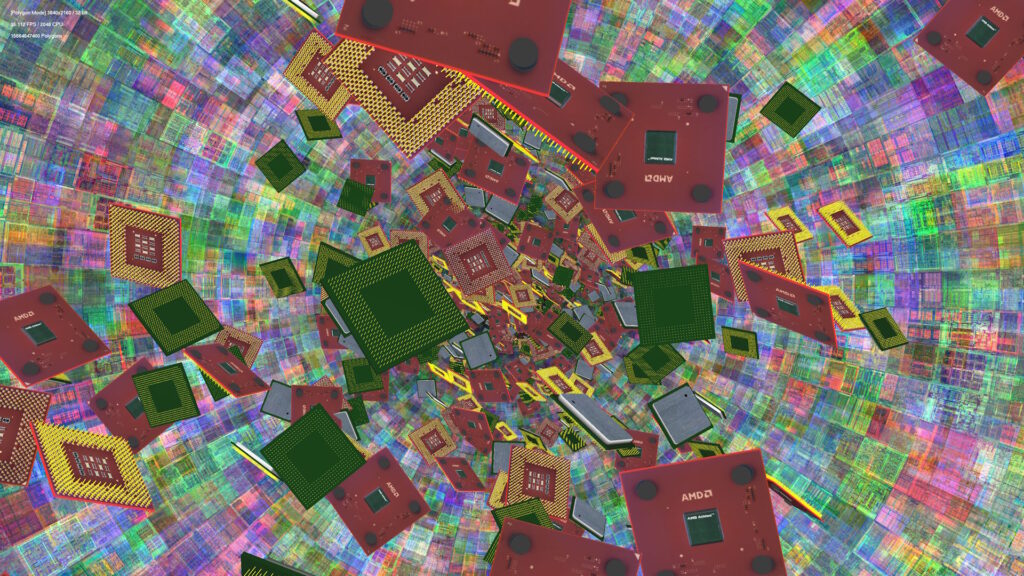
Release note
Ver. 2
The development of CrystalMark Retro Ver. 2 began the day after Ver. 1.0.0 was released, when a user said, “You’ve got to be kidding, supporting XP or later, you’ve got to support Windows 98!”
I decided that Windows 95/NT 4.0 compatibility was necessary to call ourselves a true retro benchmark and decided to develop it on the same day, but the road to this goal was far beyond our imagination. It really took a whole year.
With technical advice from Roy Tam and many other users, I was able to overcome obstacles that I could never have overcome on my own, such as IE4 dependency elimination, i386 support, and Windows NT 3.51 support (requiring the application of a patch created by Roy Tam). I would also like to express my sincere gratitude to all those who willingly cooperated in the testing in the retro environment. I would like to thank koinec for further brushing up the OpenGL benchmarks and keinkosuge for developing CrystalMarkDB.
I hope that retro PC enthusiasts all over the world will use it for a long time to come.
March 31, 2025 – hiyohiyo
Ver. 1
We released CrystalMark Retro on March 31, 2024, exactly 20 years after the release of CrystalMark 2004.
hiyohiyo (Responsible for all but OpenGL benchmarks)
The internal version of CrystalMark 2004 is “0.9,” and I have been wanting to release 1.0 for a long time, and finally I was able to achieve it. I am very happy, although it is very different from the 1.0 version that I had originally envisioned. I would like to thank all the users around the world who have continued to support us and make this day possible.
We hope that CrystalMark Retro will be used by users around the world for 10, 20, and 30 years.
March 31, 2024 – hiyohiyo
koinec (Responsible for OpenGL benchmarks)
The evolution of GPUs and 3D graphics is tremendous, and unfortunately, Sunday programmers can’t compete with the latest breathtaking 3D benches, but they can trump even hardware that is a few years old if they are not very good.
CrystalMark Retro, on the other hand, as the name implies, values the ability to measure everything from 20-year-old internal video cards to the latest GPUs equally. We hope that the results of CrystalMark Retro will give you a sense of the evolution of today’s GPUs, and how slow the hardware of 2024 will be.
March 22, 2024 – koinec
![Crystal Dew World [en]](http://crystalmark.info/en/wp-content/uploads/sites/3/digipress/magjam/title/TitleLogo20250202-Cinzel.png)